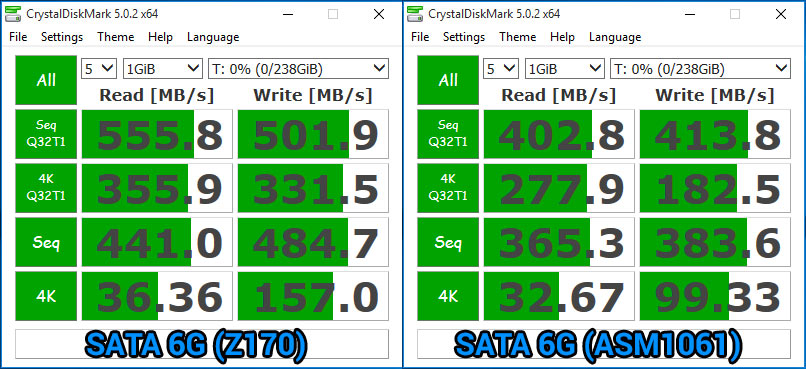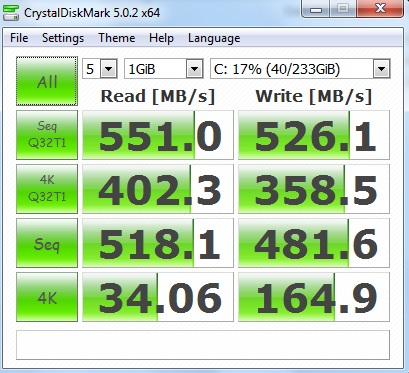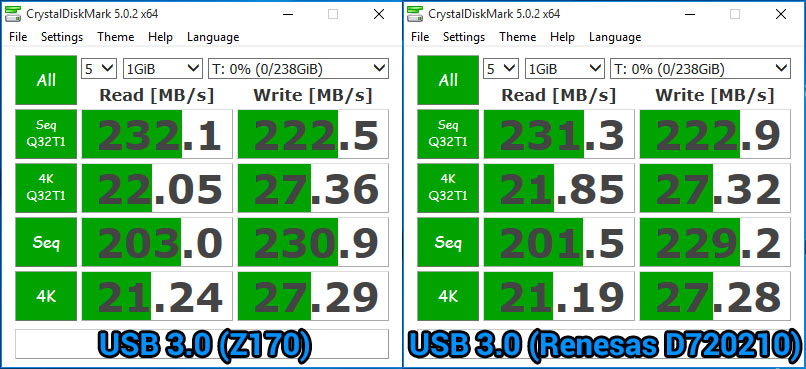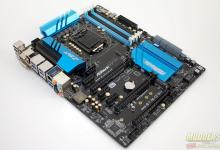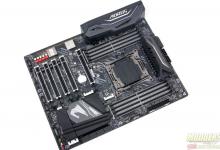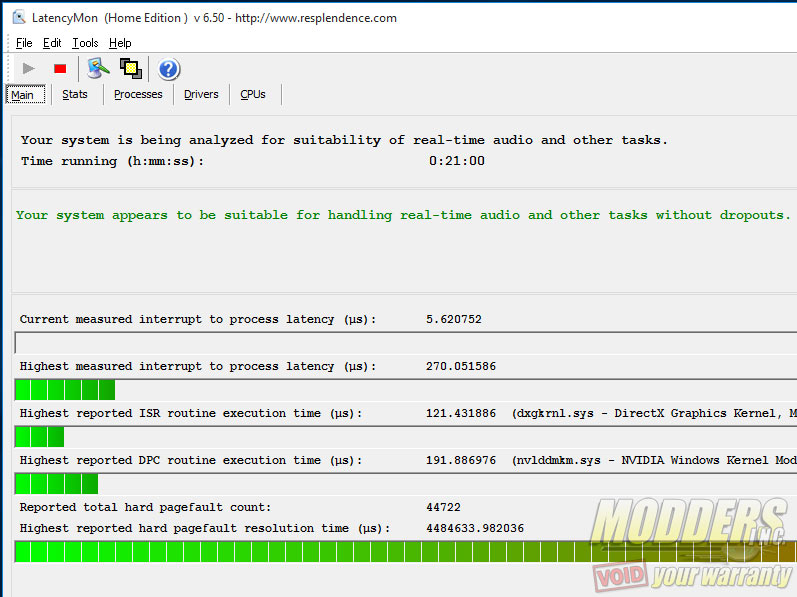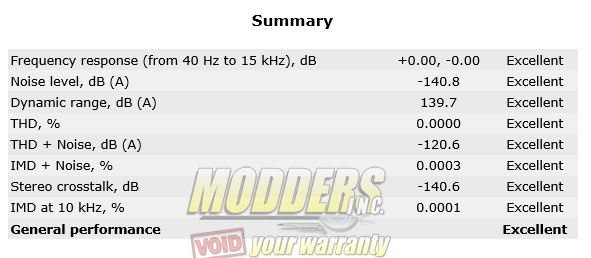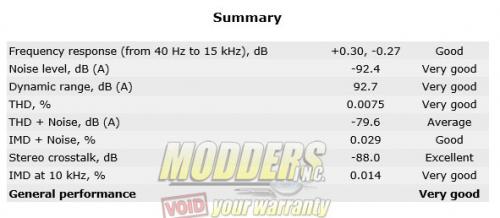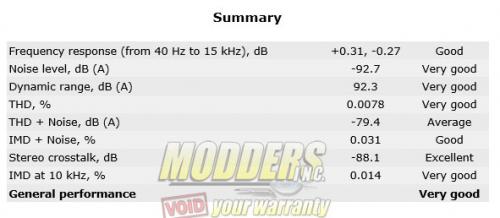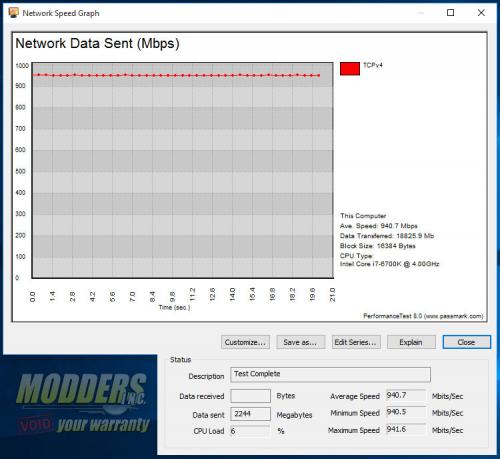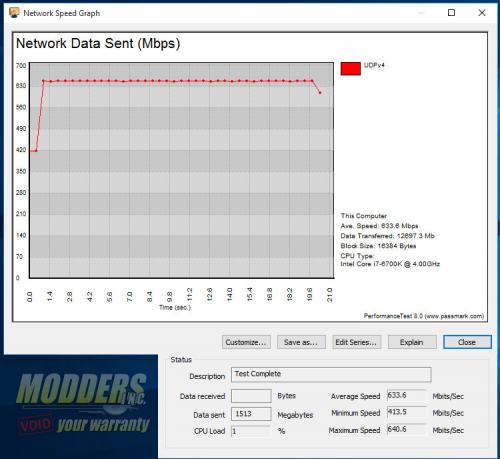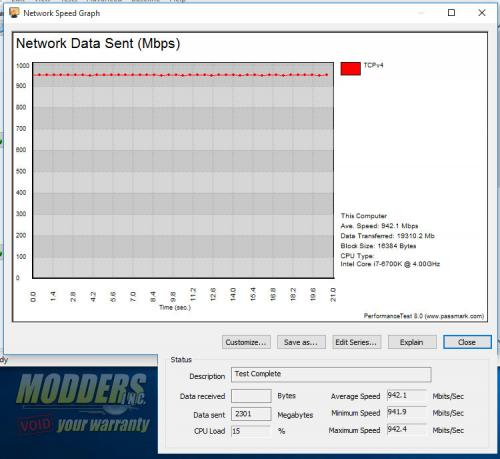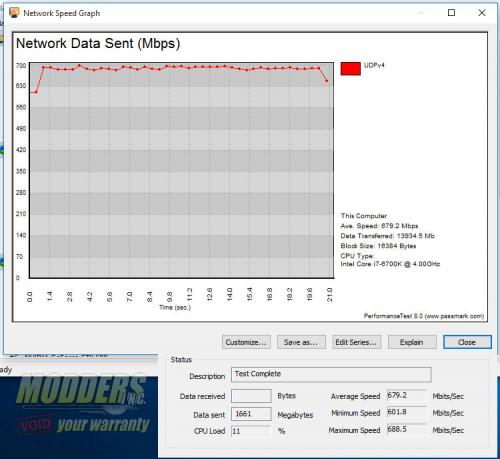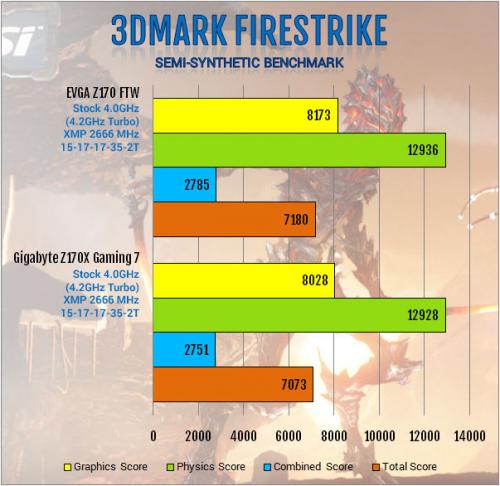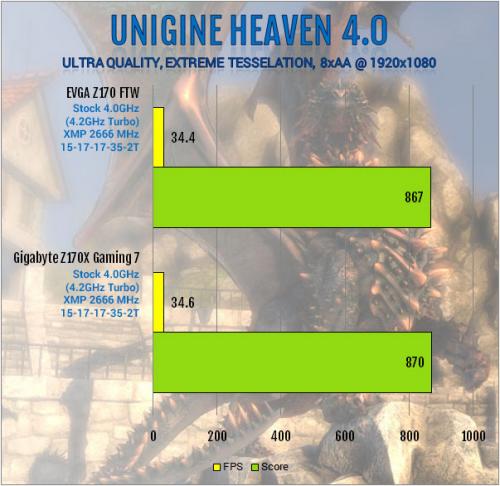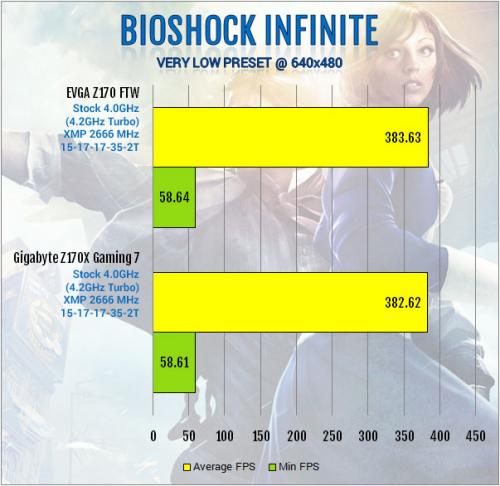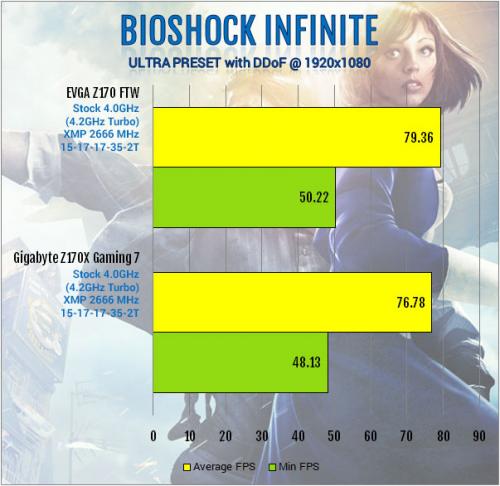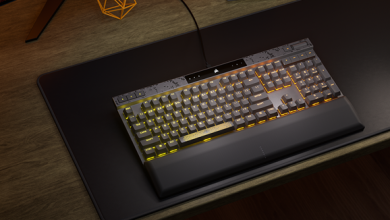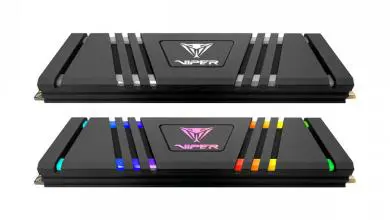Gigabyte Z170X-Gaming 7 Review: Everything and Then Some
Subsystem and Gaming Benchmarks
Six SATA 6G ports are provided by the Z170 chipset and two are via ASMedia ASM1061 controller:
Samsung EVO 850 m.2 SATA 6G SSD on the M.2 port:
For the USB 3.0 Ports, there are five provided in the back panel via Intel Z170 chipset, and four via two 19-pin onboard headers using a Renesas D720210.
Two USB 3.1** (one Type C) is handled
*The drive enclosure used for USB testing is a regular USB 3.0 with a SATA6G SSD connected inside and is not to be taken as a display of maximum USB 3.1 throughput possible. When USB 3.1 enclosures that support SSD RAID become commercially available (not including beta samples), information on this will be updated. **USB 3.1 in this review refers to Gen. 2 USB 3.1. USB 3.1 Gen. 1 is referred to as USB 3.0 to avoid confusion.
On-board Audio
Before proceeding with audio benchmarks, Deferred Procedure Call latency must be first checked to make sure that the system is capable of producing useable results when the Rightmark Audio Analyzer benchmark was run. DPC is a Windows function that involves prioritizing tasks within the OS and high DPC latencies can be caused by several things including hardware device conflict. The DPC Latency Monitor graphically displays the latency level of the system in real time.
After leaving the system running for one hour, the absolute maximum peaked at 191 microseconds while the system average for the most part stayed well below that. This means that there should be no hardware related issues or interruptions in terms of audio/video streaming performance while running the motherboard. Now we can run RightMark Audio Analyzer tests using a short 3-inch 3.5mm audioloop cable that goes in the rear line-in and line-out ports for a loopback test to objectively test internal audio performance. The 24-bit 96kHz and 48kHz settings were used with all effects disabled as usual. Unlike with Realtek HD audio codecs, the Creative Sound Core 3Di has something called a “what you hear” option in the input, and this is what they suggest instead of the usual line-in when testing. Results of this as well as the regular line-in is shown below:
24-bit 96kHz – “What You Hear”
24-bit 48kHz and 96kHz – Line-In
Network Connectivity
Network testing was conducted with a 4-port Cisco E3200 Gigabit Dual-Band Wireless N router and a pair of 6-ft long Cat5E cables connecting the server PC and the test motherboard. The server system is running an Intel Core i7-5775C processor on an Asrock Z97 Extreme 4 motherboard with an Intel i218-v PHY. Interrupt Moderation was disabled, running TCP and UDP tests.
Intel i219V:
Killer E2400:
Gaming Tests
Futuremark’s 3DMark is a semi-synthetic gaming benchmark that calculates both graphics and CPU-bound physics in a controlled series of tests and provides scores that can be compared with other gaming platforms. Unigine Heaven is a synthetic benchmark that is completely GPU bound for testing possible PCI-E graphics performance inconsistencies.
A gaming test run for Bioshock Infinite at the lowest resolution and settings was performed as well as a test with maximum details at a 1920 x 1080 resolution. CPU performance difference can be gauged due to the reduced reliance on the discrete GPU at those low levels theoretically but a high resolution benchmark was also conducted to see if there are inconsistencies with PCI-E graphics performance.
